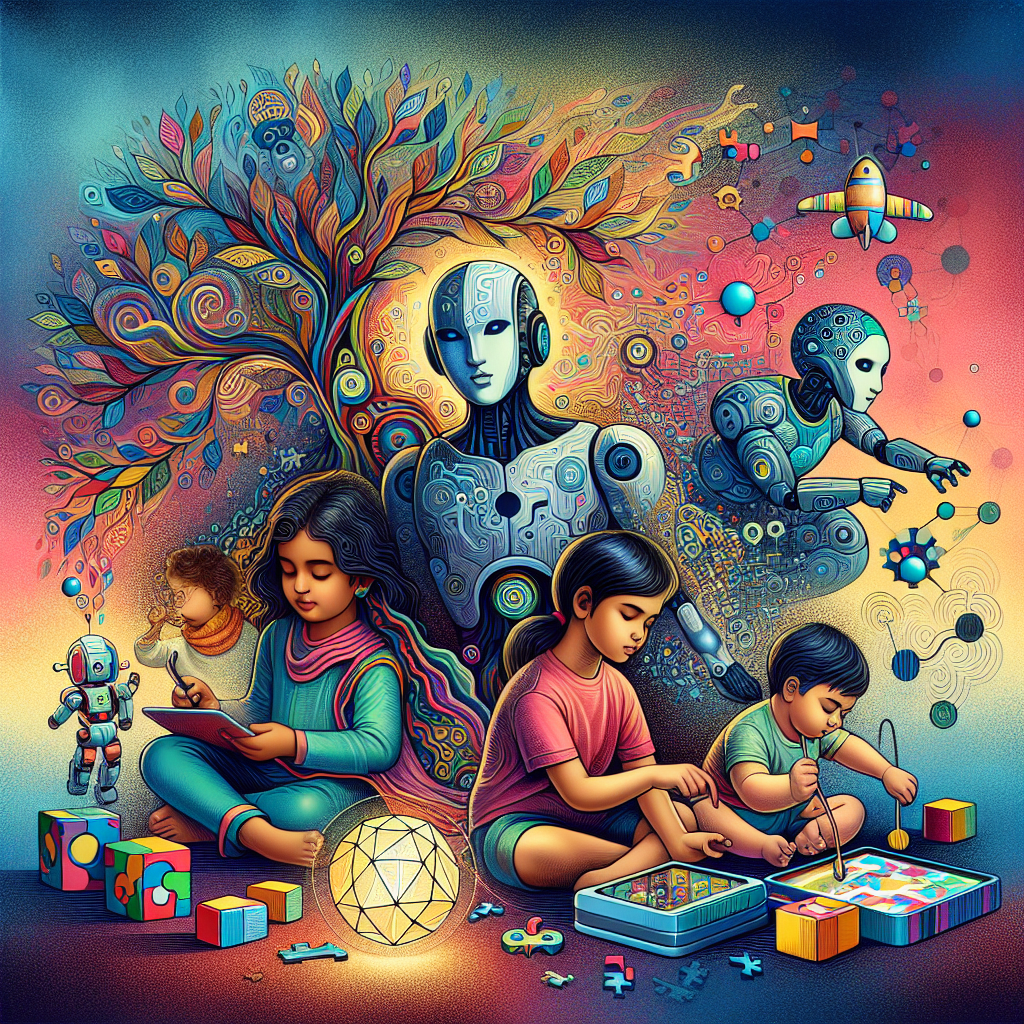In today’s digital age, technology plays a significant role in shaping the way children learn and play. Smart toys powered by artificial intelligence (AI) are revolutionizing the way kids interact with their toys, enhancing their learning and creativity in ways never seen before. From educational games to interactive robots, these smart toys are changing the landscape of playtime for children around the globe.
The Rise of Smart Toys
Smart toys, also known as connected toys, are toys that utilize technology such as AI, sensors, and connectivity to enhance the play experience for children. These toys can communicate with children, adapt to their behavior, and provide personalized feedback to help them learn and grow. With the rise of smart toys, children are engaging with play in a whole new way, making learning more engaging and interactive than ever before.
Benefits of Smart Toys
There are numerous benefits to incorporating smart toys into a child’s playtime. One of the main advantages is the ability of these toys to personalize the learning experience for each child. By adapting to a child’s skill level and interests, smart toys can provide a more tailored and engaging learning experience. This personalized feedback can help children stay motivated and interested in learning new concepts.
Smart toys also have the ability to promote creativity and critical thinking skills in children. Many of these toys encourage hands-on problem-solving and experimentation, helping children develop important skills that will benefit them throughout their lives. By engaging with smart toys, children can learn to think creatively, work collaboratively, and explore new ideas in a fun and interactive way.
Examples of Smart Toys
There are a wide variety of smart toys available on the market today, each offering unique features and benefits for children. Some popular examples of smart toys include:
- Interactive robots that teach coding and programming skills
- Smart building blocks that encourage spatial reasoning and engineering
- Educational tablets with interactive games and learning apps
- AI-powered toys that adapt to a child’s behavior and preferences
Conclusion
Smart toys are transforming the way children learn and play, offering a more personalized and interactive experience than traditional toys. By harnessing the power of AI, smart toys are able to enhance children’s creativity, critical thinking skills, and overall learning experience. As technology continues to advance, the possibilities for smart toys are endless, opening up new opportunities for children to explore, innovate, and grow in a fun and engaging way.
FAQs
What age group are smart toys best suited for?
Smart toys are designed for children of all ages, from toddlers to pre-teens. Many smart toys have adjustable skill levels and features to accommodate a wide range of ages and abilities.
Are smart toys safe for children to use?
Yes, smart toys are generally safe for children to use. However, it is important for parents to monitor their children’s use of smart toys and ensure they are using them appropriately and safely.
Can smart toys replace traditional toys?
While smart toys offer many benefits, they should be used in conjunction with traditional toys to provide a well-rounded play experience for children. Traditional toys can offer different types of play and learning opportunities that smart toys may not provide.
How do smart toys help children learn?
Smart toys help children learn by providing personalized feedback, interactive experiences, and engaging activities that promote creativity, critical thinking, and problem-solving skills. By adapting to a child’s interests and abilities, smart toys can enhance the learning experience in a fun and engaging way.
Where can I find smart toys for my child?
Smart toys are available at many toy stores, online retailers, and specialty toy shops. It is important to research and read reviews before purchasing smart toys to ensure they are age-appropriate and meet your child’s needs and interests.
